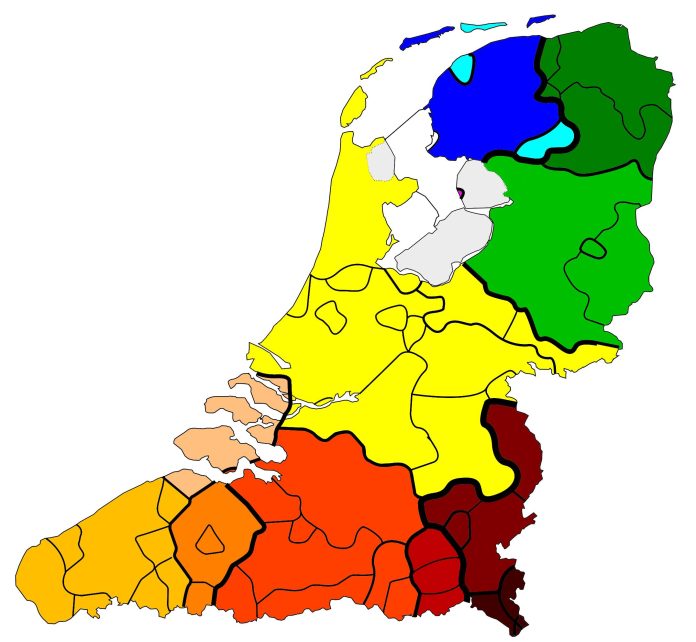Welcome to the latest update on the world of artificial intelligence. Today, we delve into the intriguing realm of dialects - the diverse forms of a language that vary between regions and social groups. From speech recognition technology to translation services, AI tools are constantly evolving to better understand and adapt to the nuances of dialects. Join us as we explore the latest developments in this fascinating field.
The Importance of Understanding Dialects in AI Technologies
In today’s globalized world, the diversity of languages and dialects is undeniable. With the rapid advancement of AI technologies, it has become increasingly important to understand and embrace these linguistic variations. Dialects play a crucial role in enabling AI tools to effectively communicate and understand users across different regions and cultures.
One of the key reasons why understanding dialects is essential in AI technologies is because it enhances natural language processing (NLP) capabilities. NLP is the branch of AI that focuses on the interaction between computers and humans using natural language. By incorporating dialect recognition and understanding into AI systems, NLP algorithms can accurately interpret spoken and written dialects, enabling more efficient communication between users and machines. Moreover, recognizing dialects allows AI models to tailor responses and recommendations based on the cultural and linguistic nuances of specific regions.

Exploring the Role of Dialects in Natural Language Processing
Dialects
In the field of Natural Language Processing (NLP), dialects play a fascinating role in how AI tools interpret and process human language. With the ever-growing availability of data and advances in AI algorithms, researchers and developers are continuously exploring ways to incorporate dialect recognition and understanding into various NLP applications. In this post, we delve into the significance of dialects within NLP and the challenges faced, while also highlighting recent developments in this area.
The Significance of Dialects in NLP:
Dialects are regional or social variations of a language that reflect cultural, geographical, and historical influences. They present unique challenges for NLP systems as they introduce a wide range of lexical, phonological, and syntactic differences. Recognizing and understanding dialects is crucial for accurate language processing, especially in applications such as speech recognition, sentiment analysis, chatbots, and machine translation.
Despite the complexities involved, recent advancements in NLP have shown promising progress in dialect modeling. Researchers are exploring innovative approaches that utilize both data-driven and rule-based methods to develop AI models capable of understanding and generating dialect-specific language. These models aim to improve the accuracy and performance of NLP tools across various dialects, allowing them to adapt and cater to diverse linguistic contexts.
Insights and Conclusions
In closing, as technology continues to push into new frontiers, AI tools that tackle the complexities of the English language dialects remain at the forefront of exciting developments. The intricacies of these differing dialects offer a compelling challenge for AI engineers and linguistics to decipher and map out for machine learning algorithms. This, surely, marks just the start of a revolutionary journey where AI grasps subtleties of human language, promising an era where communication is not just efficient but also versatile, considerate, and richly nuanced. Stay tuned for more updates in this captivating interplay between language and AI. Until next time, this is your AI news source, signing off.
